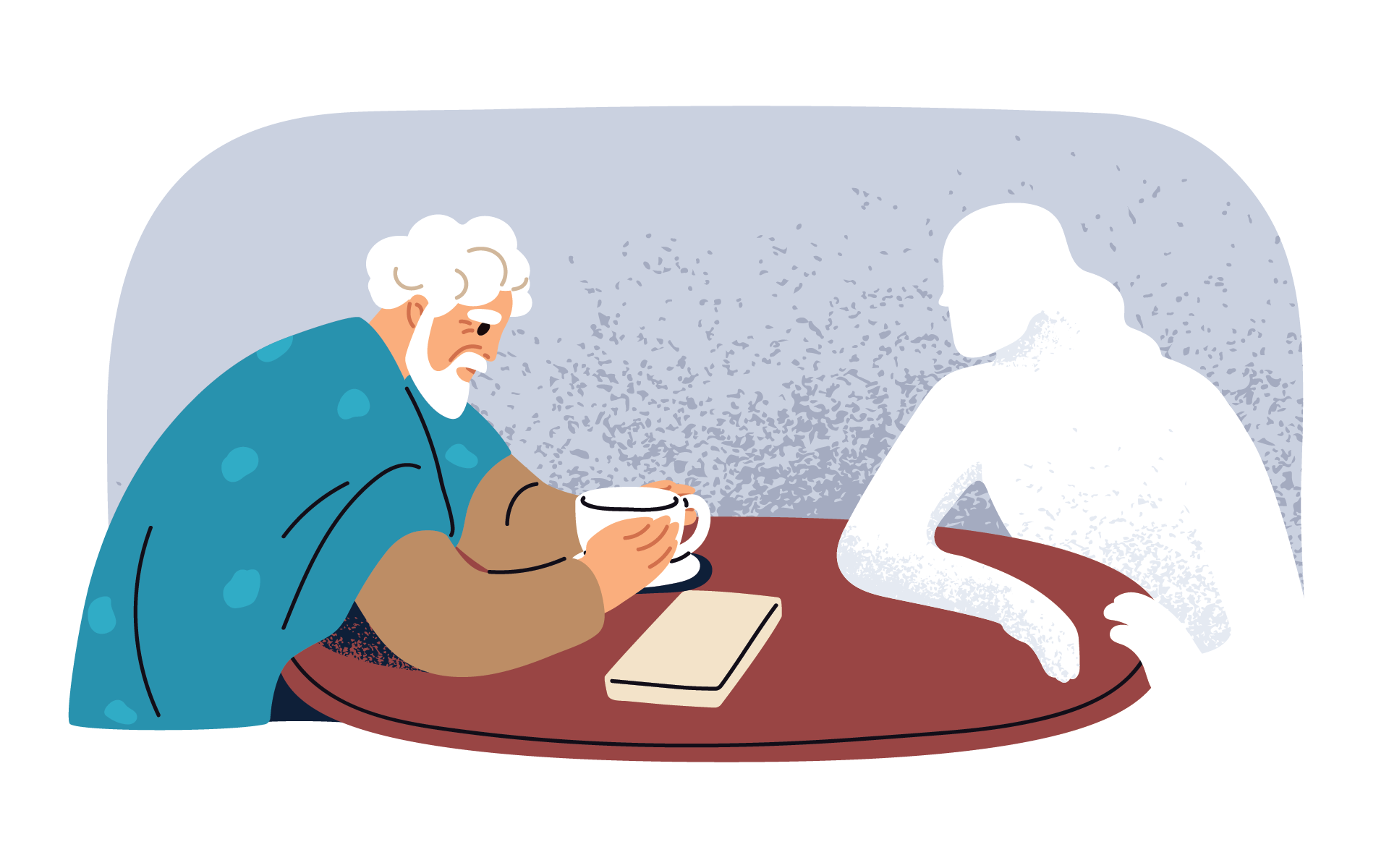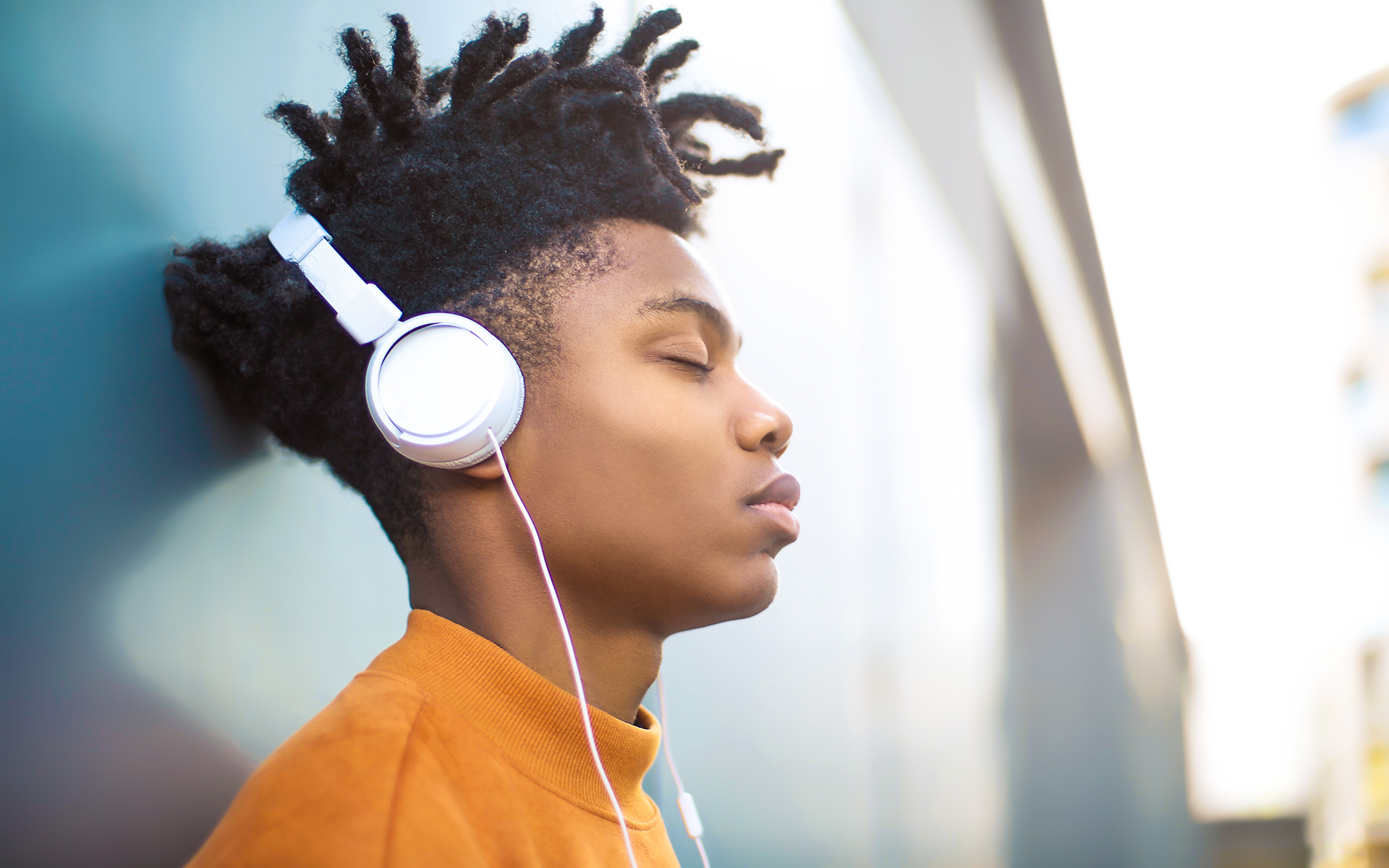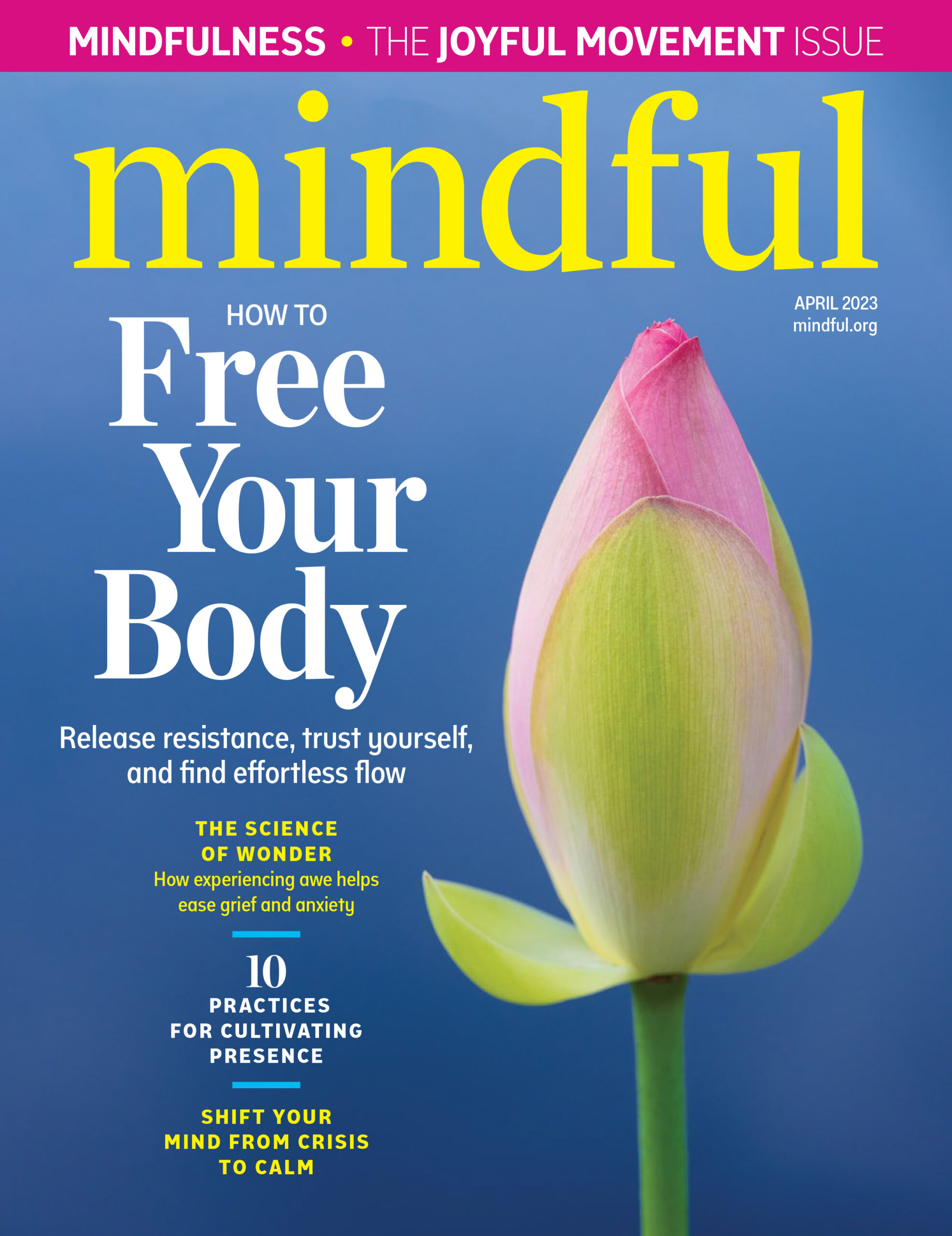If you are a Harry Potter fan, the deaths of Fred Weasley, Nymphadora Tonks, and Remus Lupin during the Battle of Hogwarts might do it. If you’re more of a traditionalist, maybe it’s Beth’s demise in Little Women. If your lachrymal glands don’t respond to the written word, surely they do to the scene in The Green Mile where a terrified John Coffey, in the prison’s death chamber, tearfully begs the warden not to lower the executioner’s hood over his head…because, he explains piteously, he’s afraid of the dark.
Or if you’re unmoved by flights of fictional fancy, maybe it’s the moment when the bride takes her first steps down the aisle, or the choir launches into a hymn that speaks to your heart…or you stand beside the grave of someone who loved you more than anyone in the whole world ever has or will.
You cry. Even when you’re not in danger, you’re not pleading for help, you’re not in physical pain—all situations where crying serves what scientists suspect is its primary purpose: signaling the need for comfort or rescue. That crying serves that function is a little puzzling, since this biological signaling device appears to be reserved only for humans. But it’s even more puzzling to put together why we cry emotional tears. For some reason, the mind is wired in such a way that when it processes sadness, joy, relief, or other complex emotions it sometimes sends a signal to the eyes to unleash the waterworks that otherwise protect the retina against smoke, dust, and other potential harms. Although a small percentage of people never cry (they also tend to have difficulty expressing and processing emotions), the behavior is a nearly universal human trait. And when a trait is this widespread, it suggests that it became part of human nature because it brought evolutionary benefits (though Darwin himself believed that emotional crying was purposeless). Evidently shedding tears helps people survive.
“The study of tears is in its infancy,” says Ad Vingerhoets of Tilburg University in the Netherlands, an expert on the psychology of crying. “I strongly believe, though, that tears have played an important role in our evolution, and still play an important function. Without tears, we humans would never have become the empathic, ultra-social species we are.”
An honest signal
Crying is a form of communication, Vingerhoets argues, whose purpose is to elicit help and comfort from others. From an early age we recognize crying as a distress signal. When we see a child wandering alone and seemingly lost, most of us try to help; if that same child has tears running down his cheeks and is racked with sobs, only the most hard-hearted would walk on by. Crucially, tears are what biologists call an honest signal: It is harder to fake crying than to utter false words. So we respond to them more reflexively than we do to language.
Facial muscles simply aren’t up to the task of conveying certain psychological states, Vingerhoets argues, so evolution stepped up and produced the capacity for emotional tears. And unlike facial expressions, tears are visible for many minutes (including by red eyes and puffy skin). Crying’s communicative power is enhanced because humans tend to focus on the eyes when looking at others. In fact, when study participants see pictures of crying where the actual tears have been digitally removed, they’re terrible at identifying which emotion the crier is feeling.
But seeing tears for just one-twentieth of a second is enough to recognize sadness and need for support, and after seeing tears only briefly, people are more willing to provide support than to people without tears, Vingerhoets and his colleagues found in a 2013 study. Early in human evolution, reacting to an ‘I need help’ signal from a family member or compatriot “was crucial for daily cooperation with in-group members,” the scientists wrote. “We propose that tears…became associated with a need for help and succor, first in infants and then gradually also in children and adults.” Crying was “literally related to life or death because it elicited support when individuals were not able to take care of themselves.”
Can you have a “good cry”?
And why would people be wired to respond? Because those who do offer solace reap the evolutionary benefits of helping a family member or of collecting an IOU: I comfort you today, you might help me gather nuts and berries tomorrow.
Curiously, though, the old adage about feeling better after a “good cry” seems more myth than fact. When people recall “good cries,” they tend to say the waterworks made them feel better, leading to the idea that crying serves a cathartic function. But the empirical evidence is more complicated: When research subjects are induced to cry by sad movie scenes, they immediately feel sadder than before their tears flowed, Tilburg’s Asmir Gračanin and colleagues showed in a 2015 study. (One reason they might feel worse is that instead of bringing comfort—the evolutionary purpose of crying—tears cause them embarrassment, at least in this artificial setting surrounded by strangers.) But because mood eventually rebounds from that low, in retrospect we think crying made us feel better. That’s mostly an artifact of memory.
In real-life settings, outside the lab, mood also often plunges after a good cry. In one study, scientists had about 100 women record when they cried (it ranged from once to 52 times during the 6-to-10 weeks of the study), what was happening (most commonly: experiencing conflict or witnessing suffering), and how they felt before and after. The women felt better afterward only one-third of the time, almost always because crying brought social support. Absent that, they felt even greater grief than before they cried and became even more upset.
“We observed very little evidence of psychological benefits associated with crying,” the researchers wrote. “Emotional tears were generally preceded and followed by a period of worsened mood.” And that, they say, challenges “theories of crying that posit its core function as providing benefits to the crier.” Those benefits come not from crying per se, but from the response to crying.
That may explain why studies have found that people in romantic relationships cry more often, on average, than singles, and that lonely people cry less than those with more social attachments. Cord Benecke of Germany’s University of Kassel, for instance, has found that people who have relatively few social connections didn’t tend to cry often, perhaps because they feel there is no-one around to care. If people mostly cry when someone sympathetic and caring is around, and not into the void, it reinforces the idea that crying is a signal for social support.
More years, different tears
As we age, the causes of crying change. In infancy and childhood, tears elicit care, protection, and love, and can be aimed at a single individual—unlike audible crying, which can be heard by anyone within range (which could be dangerous). In adolescence, tears flow from loss and separation and disappointment. In adulthood, our capacity for crying expands to the suffering of others, as our empathic skills develop, as well as to reunions with loved ones. We cry over acts of heroism, altruism, self-sacrifice, and other virtuous behaviors: During screenings of Titanic, the sound of sniffles and tissues being pulled out filled the theater when Leonardo DiCaprio floated away into the icy Atlantic so Kate Winslet could live.
The purpose of these seemingly purposeless tears may be to communicate to others that we feel deeply invested in society’s moral values, cementing our position in a larger social order as a member who deserves to be in good standing. “Tears are a signal to ourselves of our ultra-social nature,” says Vingerhoets. “They are not just a signal to others.” If we are able to cry, we are able to feel. It doesn’t hurt to be reminded of that from time to time, whether by the death of fictional wizards and witches, or by moments of pain and grief and heroism in the lives we lead and witness.
Cry Like a Man?
Over time and across culture and ethnicity, studies indicate that women cry more often and more intensely than men. One explanation is that testosterone, usually more plentiful in males, inhibits tear production—as do traditional stereotypes that conflate masculinity with strength and emotional reserve. In contrast, women are expected (and pressured) to show vulnerability in many circumstances, making their tears more socially acceptable. However, studies discredit the notion that crying harms a man’s social standing. Some researchers, in fact, suggest that because men cry less often, observers may believe “something genuinely important must have happened for adult males to cry,” therefore lending disproportionate credibility to men’s tears.






